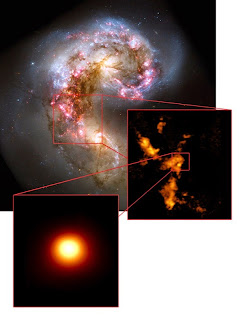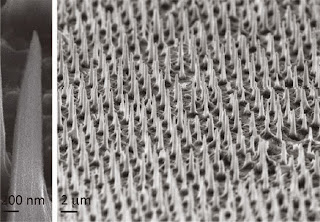 |
| The humble soap bubble – a whole new field of physics. Photograph: Alexander Boden/flickr |
Topics: Materials Science, Soft Matter Physics, Theoretical Physics
Respectfully, in memory of Sir Sam Edwards...
Many of the objects in the everyday world around us are squidgy when squashed, flow easily, or are very sensitive to changes in temperature. These sorts of materials – ranging from paint to frogspawn, from yogurt to snot – fall into the category of ‘soft matter’: materials whose dynamics are governed by timescales of seconds rather than hugely longer or shorter times.
The study of these systems, which are often complex and heterogeneous, grew out of the more traditional field of condensed matter physics. Whereas condensed matter physicists of the early-mid twentieth century traditionally studied in minute detail the properties of simple, one-phase materials such as copper or silicon, as soft matter grew as a discipline the range of material types studied expanded enormously.
There are two towering figures, both theoretical physicists, who are usually identified with the birth of this new field: Pierre Gilles de Gennes and Sir Sam Edwards. Both were trained as conventional theorists, both saw the richness of the newer materials and how the mathematical tools they were familiar with could be taken over to the study of this new class of materials.
It was the Frenchman de Gennes who won the 1991 Nobel Prize for this work with a citation that read “for discovering that methods developed for studying order phenomena in simple systems can be generalized to more complex forms of matter, in particular to liquid crystals and polymers”. But his friend and friendly rival the Welshman Sir Sam Edwards, who died last week at the age of 87, was equally active and influential; many felt he was unlucky not to share the prize.
The Guardian: The birth of soft matter physics, the physics of the everyday,
Athene Donald














